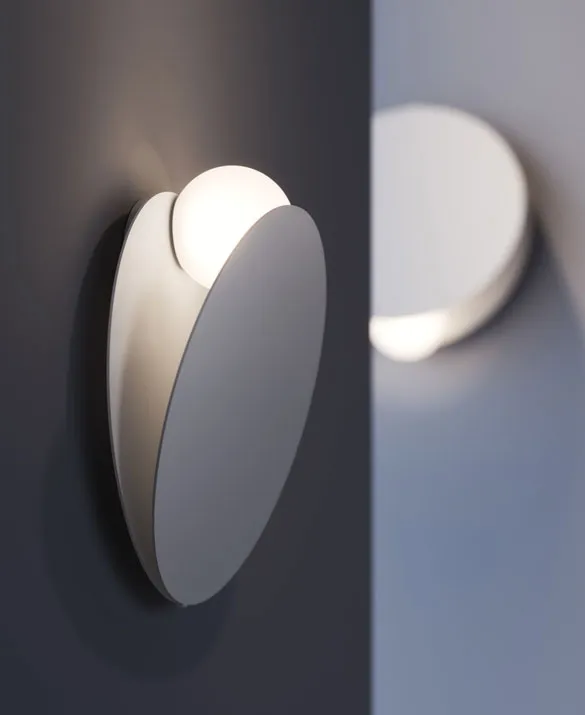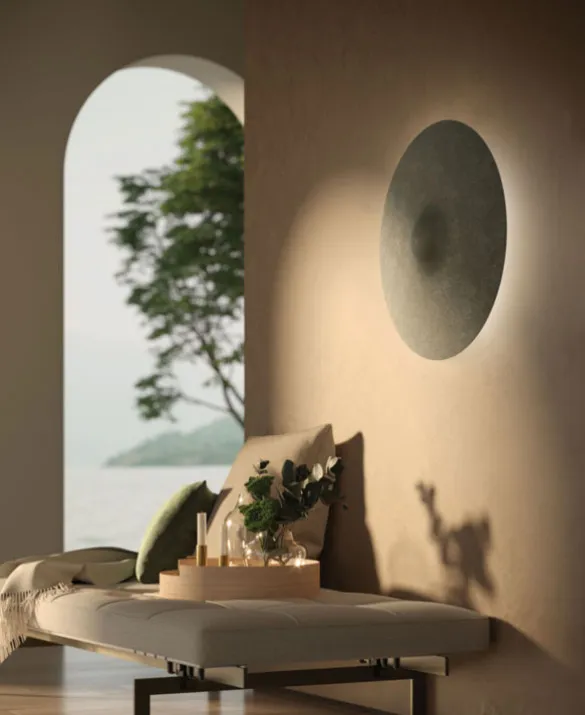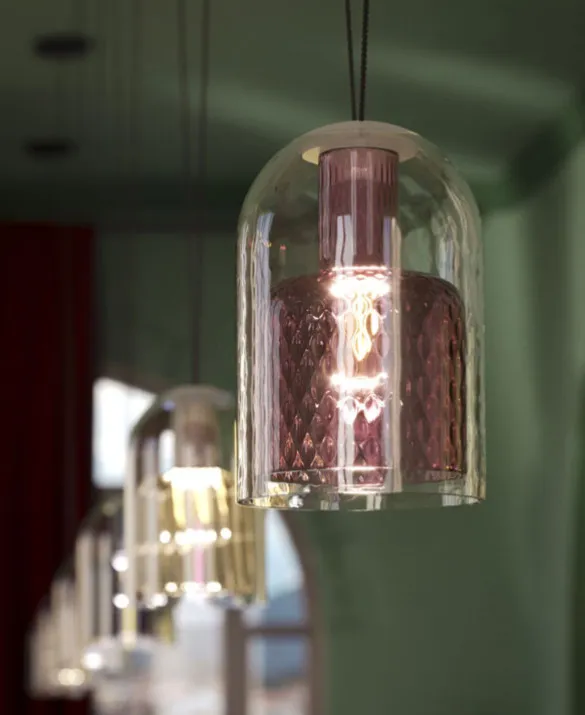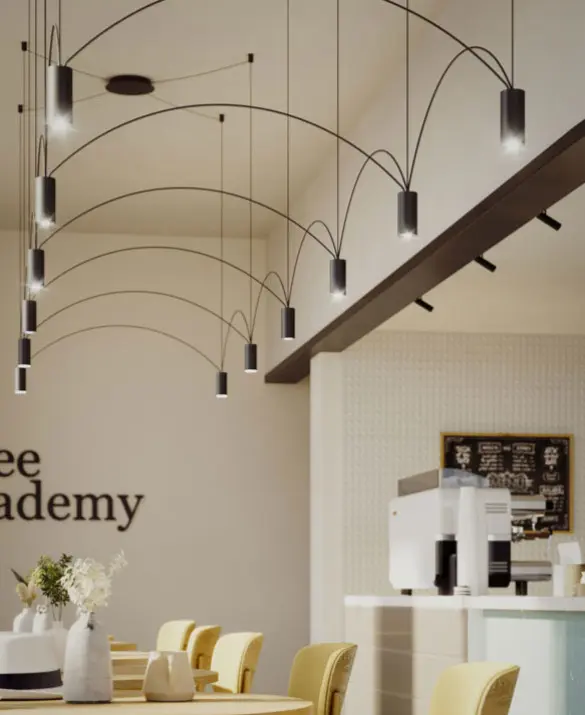Bungee
Collection: Bungee
Thought by: Fabbian
Category: Lighting
Thought by: Fabbian
|
Category: Lighting
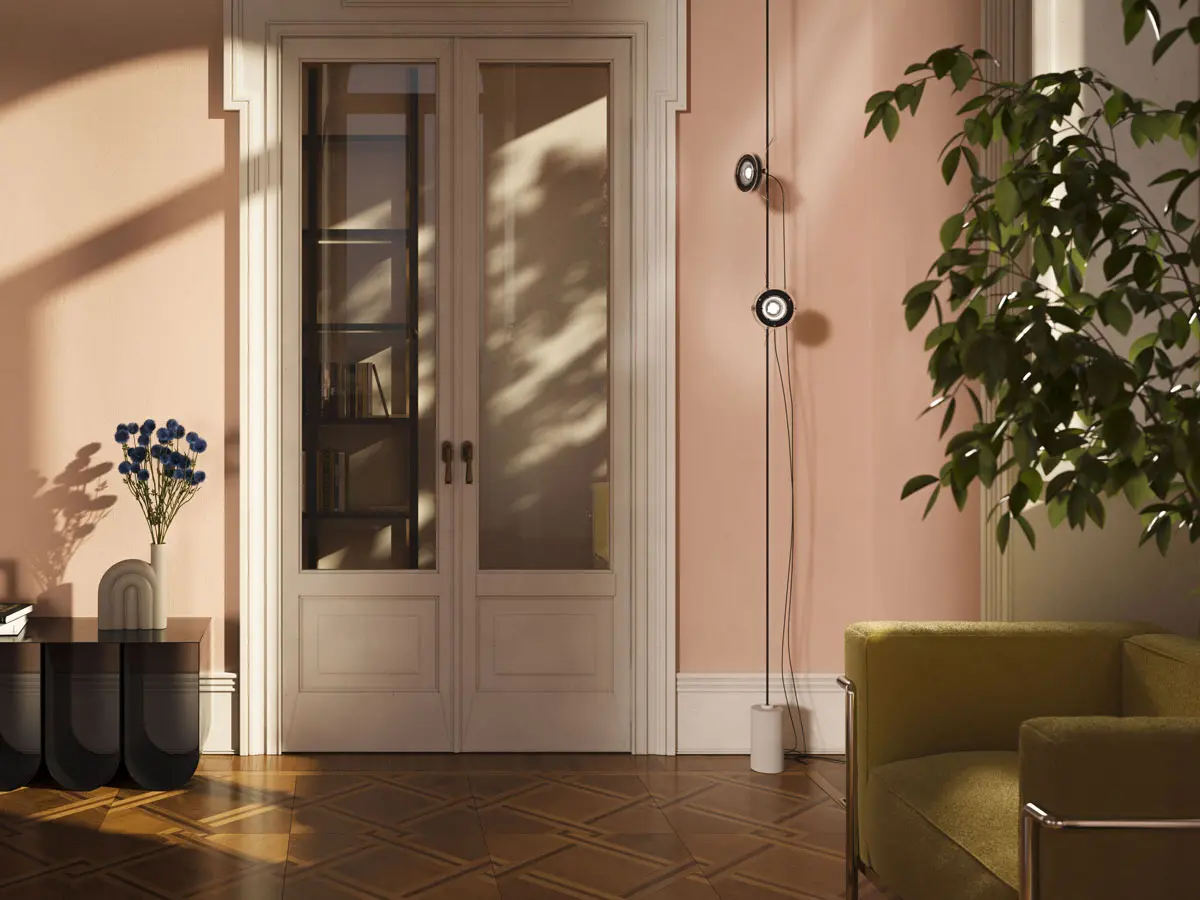
Twenty years since it first made its debut, Bungee returns to our permanent collections with a restyling that brings it back up to date: a floor-to-ceiling light fitting whose presence will enhance any space.
The improvements are immediately obvious: the cable is now made from fabric and comes in a range of colours; the base is made of concrete and can take up to three lamps. With these improvements, Bungee once again re-introduces itself as an essential element for furnishing interiors that has a strong presence even when it is switched off.
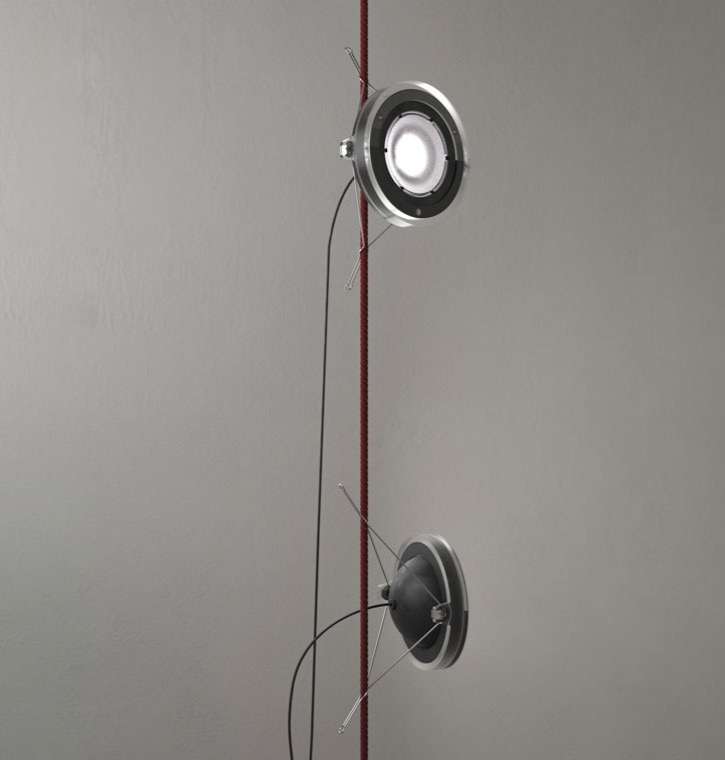
The light fittings are supported on a fabric cable that is fixed to the ceiling. The power supply is at floor level. The body of the fitting can slide up and down and rotate, and has an aluminium ring with steel springs that enable the beam of light to be directed as desired. The light source is an integrated LED and is available with a dimmer PUSH.
Bungee
Renato Montagner
Aluminium, Steel, Concrete
2022








